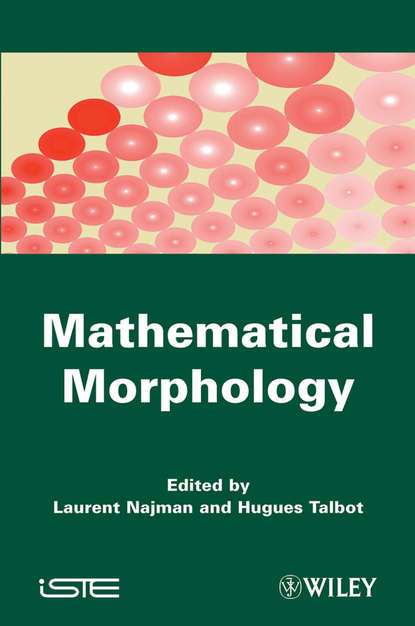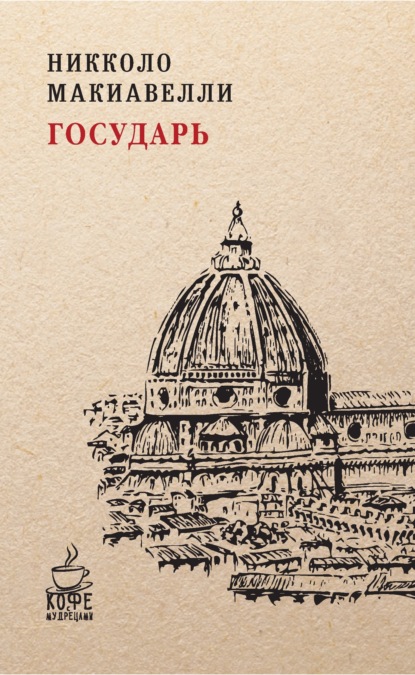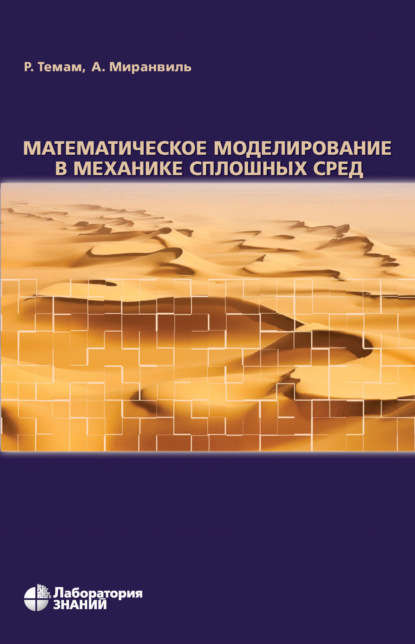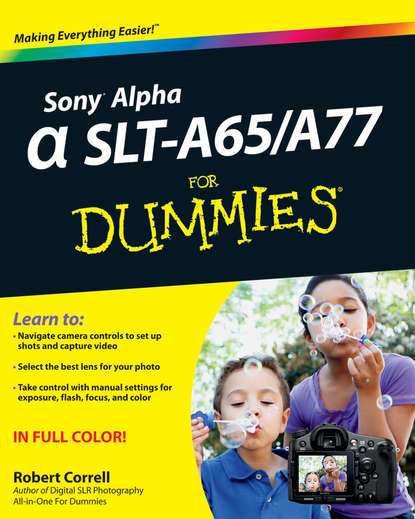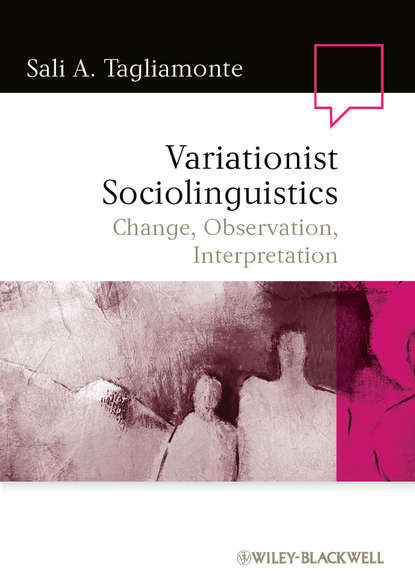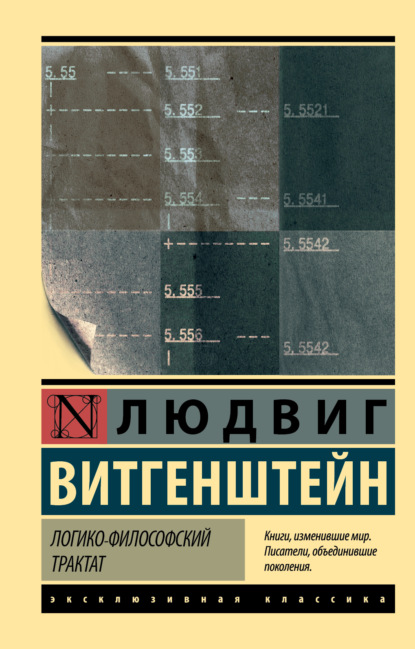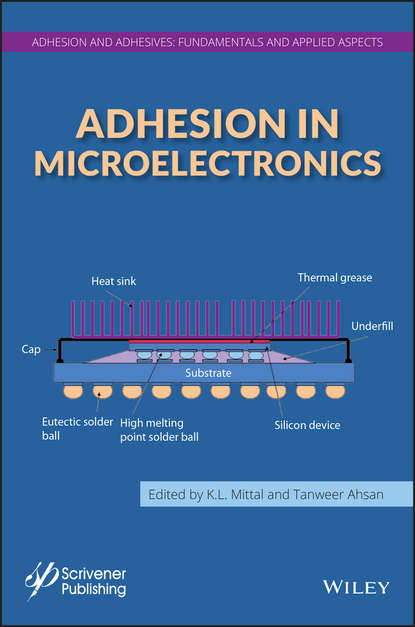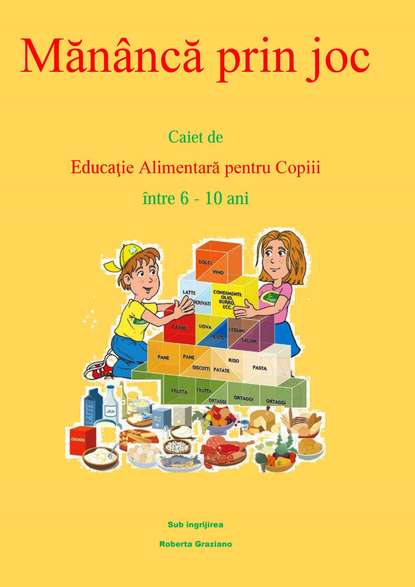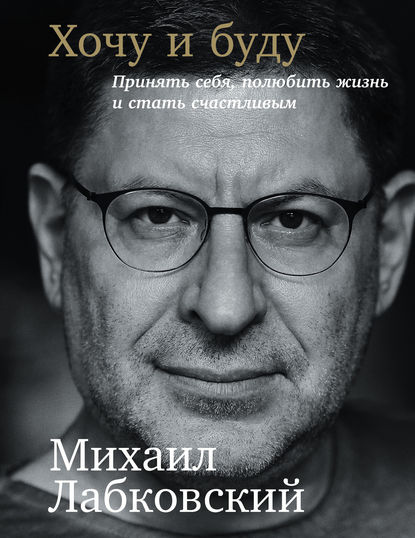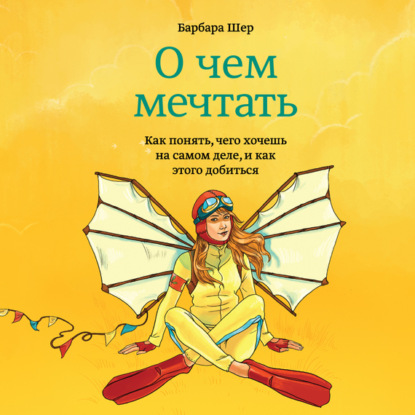"Mathematical Morphology. From Theory to Applications" - это книга, посвященная анализу и обработке геометрических структур с использованием методов из теории множеств, теории решеток, топологии и случайных функций. Она является основой морфологической обработки изображений и находит применение в областях, таких как цифровая обработка изображений, графы, поверхностные сетки, тела и другие пространственные структуры. Книга представляет собой современное изложение математической морфологии, основанное на трех основных принципах, сделавших эту область важной для теоретических и практических приложений: крепкие теоретические основы, большое количество приложений и эффективная реализация. Книга разделена на пять частей, включающих 20 глав. Пять частей имеют следующую структуру: Часть I содержит основные аспекты дисциплины, начиная с общего введения, за которым следуют две теоретические главы, одна из которых рассматривает ее математическую структуру и включает обновленный формализм, являющийся результатом нескольких десятилетий работы. Часть II расширяет этот формализм до некоторых недетерминистических аспектов теории, в частности, детализируя связи с другими дисциплинами, такими как стереология, геостатистика и нечеткая логика. Часть III посвящена теории морфологической фильтрации и сегментации, включая современные подходы связности, как с теоретических, так и с практических аспектов. Часть IV содержит практические аспекты математической морфологии, в частности, как работать с цветными и многомерными данными, связи с дискретной геометрией и топологией, а также некоторые алгоритмические аспекты, без которых приложения были бы невозможны. Часть V демонстрирует все вышеупомянутые области работы через примеры интересных, типичных и разнообразных приложений.
Mathematical Morphology offers the means to analyze and process geometrical structures utilizing the tools of set theory, Lattice theory, Topology, and Random functions. This discipline is the foundation for morphological image work, utilized in a variety of positions, including digital imaging (Digital Signal Processing, or DSP), as well ton uituares for graphs, shaded surfaces, three-dimensional spaces, and different spatial geometries.
Электронная Книга «Mathematical Morphology. From Theory to Applications» написана автором Talbot Hugues в году.
Минимальный возраст читателя: 0
Язык: Английский
ISBN: 9781118600900
Описание книги от Talbot Hugues
Mathematical Morphology allows for the analysis and processing of geometrical structures using techniques based on the fields of set theory, lattice theory, topology, and random functions. It is the basis of morphological image processing, and finds applications in fields including digital image processing (DSP), as well as areas for graphs, surface meshes, solids, and other spatial structures. This book presents an up-to-date treatment of mathematical morphology, based on the three pillars that made it an important field of theoretical work and practical application: a solid theoretical foundation, a large body of applications and an efficient implementation. The book is divided into five parts and includes 20 chapters. The five parts are structured as follows: Part I sets out the fundamental aspects of the discipline, starting with a general introduction, followed by two more theory-focused chapters, one addressing its mathematical structure and including an updated formalism, which is the result of several decades of work. Part II extends this formalism to some non-deterministic aspects of the theory, in particular detailing links with other disciplines such as stereology, geostatistics and fuzzy logic. Part III addresses the theory of morphological filtering and segmentation, featuring modern connected approaches, from both theoretical and practical aspects. Part IV features practical aspects of mathematical morphology, in particular how to deal with color and multivariate data, links to discrete geometry and topology, and some algorithmic aspects; without which applications would be impossible. Part V showcases all the previously noted fields of work through a sample of interesting, representative and varied applications.
